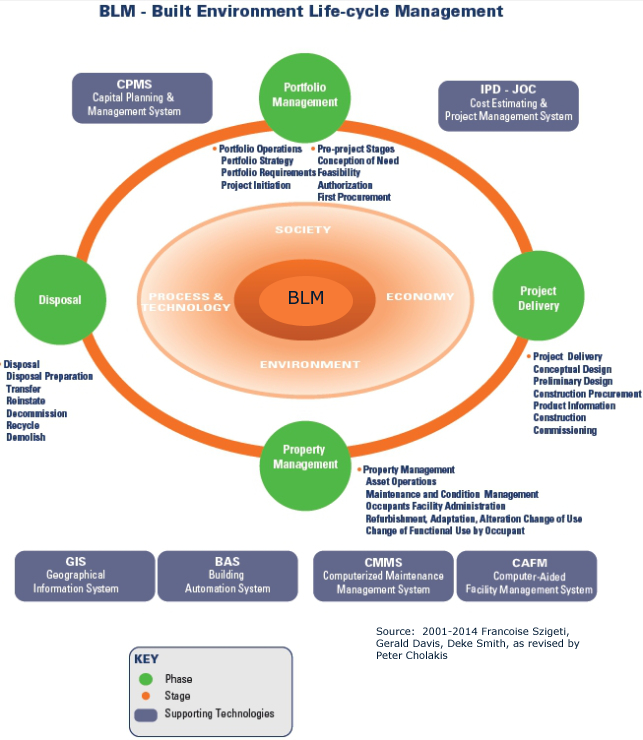If you don’t know what “Hyper-Converged Infrastructure” is, you will.
Traditional proprietary software applications are dead or dying. Virtually every software application you will use in the near future will be some form of “plug-in” to your public, private, or hybrid cloud. Each of these plug-ins will use “open” and/or “industry standard” architectures and be dedicated to serving a specialized function. Each of the apps will be “best in class” and connect to other best in class solutions.
Thus, IWMS systems, and/or large monolithic proprietary systems will disappear. True value will be provided by embedding best management practices and standardized, real-time, accurate information, and distribution the same … at will.
Cloud computing in NOT just another buzzword. The ability to access virtually unlimited computing power, memory, and storage, as well as build data to your specific requirements real-time will replace traditional software application and IT departments as we now know them.
Forget BIM as you man now know it. BIM is the life-cycle management of the built environment supported by digital technology. It is NOT 3D visualization, but visualization of all dimensions including time, cost, workflows, metrics, and specific competencies.
Efficient life-cycle management of the built environment certainly requires technology, and cloud computing its true enabler.
Here’s the TOP 6 List of Requirements for Life-cycle Management of the Built Environment:
1. Collaborative, Integrated Construction Delivery Methods (e.g. Integrated Project Delivery, IPD, for new construction, and Job Order Contracting, JOC, for renovation, repair, maintenance, and sustainability projects.)
2. Common Terms, Definitions, and Linkages (otherwise known as Ontology) (e.g. MasterFormat, Uniformat, Omniclass, Standardized Cost Databases inclusive of materials, equipment, and labor, …)
3. The Integration of Multiple Competencies and Technologies (e.g., Portfolio Management, Project Delivery Method – IPD, JOC: responsibilities, contractual requirements and deliverables, cost estimating, risk/reward…., Property Management, Disposal, CPMS – capital planning and management, CMMS – maintenance management, CAFM – space planning, BAS – building automation systems, GIS – geographical information systems, etc.)
4. Organizational and Regulatory “Buy-in” and support.
5. Formal Education and Professional Experience/Capabilities in Life-cycle Management of the Built Environment.
6. Metrics, and Ongoing Monitoring, and Improvement


